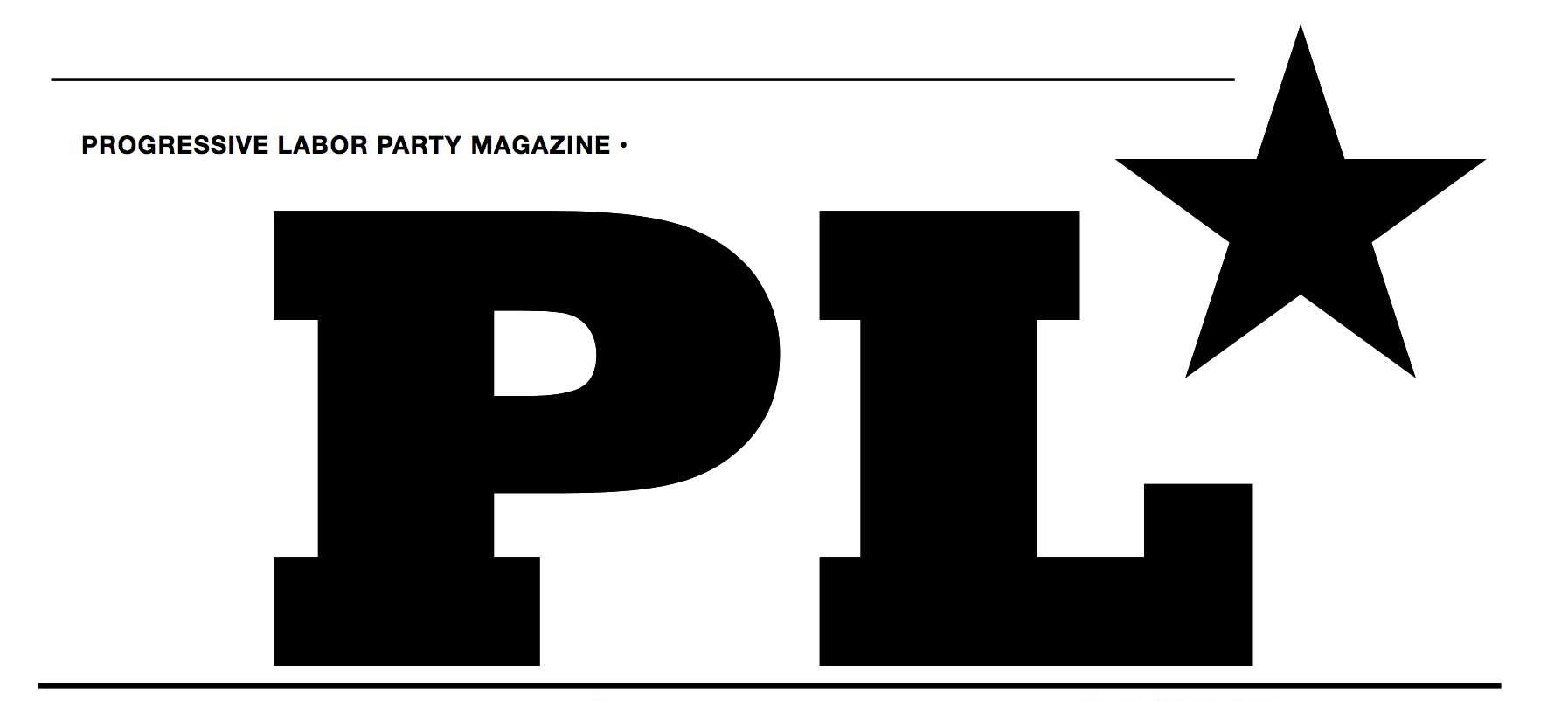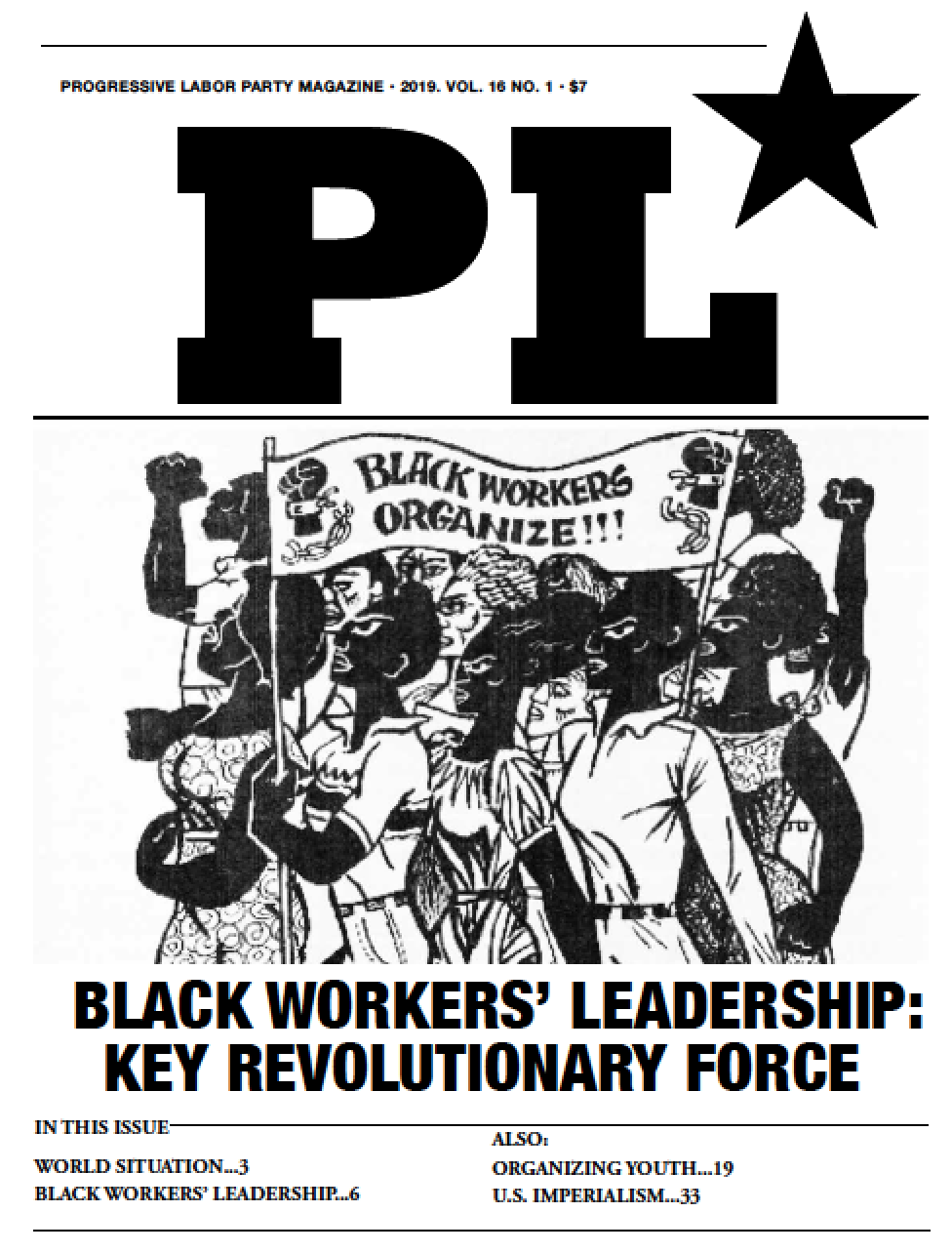Central Asia: Workers Need Communist Revolution — Rulers’ Battleground Becomes Workers’ Bloodbath
 Thursday, July 8, 2010 at 12:56PM
Thursday, July 8, 2010 at 12:56PM With the continuing war in Afghanistan spilling into Pakistan and the country of Kyrgyzstan falling into chaos, the U.S. media again rolled out its tired myths of “ancient ethnic rivalries” leading to conflict. Meanwhile, they gloss over the absence of these “innate” ethnic tensions during the Soviet era. Many news sources have even blamed Stalin (now dead for almost 60 years) for the current chaos in Central Asia.
But it is inter-imperialist rivalry among the U.S., Russia and China for control of valuable natural gas reserves and pipeline real estate that is driving the political disorder, social unrest and wars in the area, strategically located between Russia, China and the Middle-East.
The current crisis in Kyrgyzstan that toppled the government and killed thousands of civilians dates back to 2001, not centuries. Using the 9/11 attacks and the war in Afghanistan as a pretext, the U.S. began pushing for bases in Central Asia. Eventually it received Manas Air Base in Kyrgyzstan for a measly $17 million/year. Russia, incensed by U.S. encroachment in “its” backyard, made a similar deal in 2003 for a base only 12 miles from Manas.
The U.S., upset by the Kyrgyz drift towards Russia, financed the “Tulip Revolution” in 2005, toppling the Kyrgyz government and installing a pro-Western dictator. In 2009, Russia paid the new Kyrgyz government $2.4 billion to evict the U.S. from Manas Air Base, forcing the U.S. to assemble a $200-million aid package, increasing the base’s rent to $60 million.
The Kyrgyz government, fearing Russian retaliation, gave the Russians a sweetheart deal on a second base near the Uzbek/Tajikistan border. Now a new spate of rioting has again toppled the Kyrgyz government, plunging the country into chaos, with many suspecting Russian involvement after the opposition made closing Manas Air Field its primary demand.
Since the Soviet Union’s collapse, the U.S. has sought greater involvement in the critical Central Asia region, which holds some of the world’s largest energy and uranium reserves. With its 1992 Freedom Support Act, the U.S. has openly funded pro-Western political movements in the post-Soviet states.
Increased military involvement in Central Asia is, a goal which the ruling class’s Hart-Rudman Commission and Project for a New American Century reports listed as critical to containing Russian and Chinese influence.
In 2002, Russia countered, creating the Collective Security Treaty Organization (CSTO) with Armenia, Belarus, Kazakhstan, Kyrgyzstan and Tajikistan. After Uzbekistan evicted the U.S. from its base in 2005, Russia granted the country significant aid packages, inviting it to join the CSTO in 2006. In 2007, Russia built a base there, adjoining the Novi uranium mining and enrichment plant. Russia’s 2008 invasion of Georgia also helped secure an important Russian military outpost in the region, countering the U.S.-financed 2003 “Rose Revolution” which installed U.S. lackey Mikheil Saakashvili as president.
China, not to be outdone, has been flexing considerable muscle in Pakistan, much to the dismay of the U.S. In 2001, dictator Perez Musharraf declared Pakistan an ally in the U.S. “war on terror” after receiving significant contributions in aid and military equipment. China then began courting Musharraf by promising to fast-track the heavily-Chinese-financed Gwadar Deep Sea Port construction project.
By 2006 Musharraf was publicly denouncing the U.S. and its “bullying” of Pakistan. A year later terrorist attacks against Chinese workers on the port project led Musharraf to declare a state of emergency in Pakistan. Many believed the CIA was behind the attacks.
This past March, Pakistan brokered a deal with Iran and China to build the Iran-Pakistan (IP) pipeline. This endangered U.S. plans for the larger Tajikistan-Afghanistan-Pakistan-India (TAPI) pipeline as well as the Nabucco pipeline connection in the Caspian Sea.
The U.S. has increasingly been moving military operations into Pakistan under the cover of “attacking terrorist hideouts.” In response, groups connected to the Pakistani intelligence agency (ISI) have launched terrorist attacks in India (a key U.S. ally) and Afghanistan. The U.S. military is now saying withdrawal of U.S. troops from Afghanistan may have to be delayed.
Russia, with its declining population, has no better opportunity than now to seriously counter U.S. power in the region. The U.S., with its faltering economy, needs to seize these resources to contain Chinese growth, while China has the money and opportunity to secure its energy future.
The world’s imperialist powers are moving closer to war with each other. Only communist revolution can free workers from the bloodbaths that capitalist crisis and competition inevitably bring. J
Sources:
[1] AOL News, “Why All the Violence in Kyrgyzstan? Blame Stalin,” 6/16/10; The Economist, “Stalin’s Latest Victims,” 6/17/10; The Age, “Ethnic Fault Lines of Stalin Era Implode,” 6/19/10.
[1] NYT, “US is Building Up its Military Presence in Afghan Region,” 1/9/02; NYT, “In Reversal Kyrgyzstan Won’t Close a US Base,” 6/24/09.
[1] NYT, “Russia to Deploy Air Squadron in Kyrgyzstan Where US has Base,” 12/4/02.
[1] NYT, “US Helped to Prepare the Way for Kyrgyzstan’s Own Uprising,” 3/30/05.
[1] Challenge, “Afghanistan Center of Imperialist Dogfight Over Oil, Gas,” 2/25/09; San Francisco Chronicle, “Why is Russia Bribing Kyrgyzstan?” 2/22/09; Eurasianet, “US Armed Forces to Remain at Airbase for Afghan Supply Operations,” 6/22/09; NYT, “In Reversal Kyrgyzstan Won’t Close a US Base,” 6/24/09.
[1] AP, “Russia Signs Deal to Open Second Base in Kyrgyzstan,” 8/1/09.
[1] AP, “Kyrgyz Opposition Controls Government Building,” 4/7/10; Eurasia Daily Monitor, “Historical Context for Regional Response to Recent Events in Kyrgyzstan,” 5/3/10.
[1] Mahir Ibrahimov and Erjan Kurbanov, “Getting it Wrong in the Caucasus,” Middle East Quarterly, Vol. I No. 4, December 1994.
[1] Asia Times, “US Scatters Bases to Control Eurasia,” 3/30/05; US Commission on National Security/21st Century, Phase I: Report on the Emerging Global Security Environment for the First Quarter of the 21st Century, 9/15/1999, p 76; The Project for the New American Century, Rebuilding America’s Defenses, 9/2000, p 47, 35, 18-19.
[1] AFP, “Ex Soviet States Discuss Joint Military Force to Counter NATO,” 7/31/09
[1] Reuters, “Uzbekistan Evicts US from Air Base,” 7/31/05; BBC, “Last US Plane Leaves Uzbek Base,” 11/21/05; Radio Free Europe, “What Does Closure of US Military Base in Uzbekistan Mean?” 8/1/05.
[1] Eurasianet, “An Uzbek Air Base: Russia’s Newest Achievement in Central Asia,” 1/10/07.
[1] NYT, “Georgia-Russia Fight Endangers U.S. Oil Goals,” 8/14/08; The Daily Mail (UK), “The Pipeline War: Russian Bear Goes for West’s Jugular,” 8/10/08; Eurasianet, “Looking Back at the Rose Revolution,” 12/29/09.
[1] New Statesman, “There is No War on Terrorism,” 10/29/01; Center for Public Integrity, “Pakistan’s $4.2 Billion Blank Check for US Military Aid, After 9/11, Funding to Country Soars with Little Oversight,” 3/27/07.
[1] The New Nation (Bangladesh), “Emerging Pakistan-China Relations,” 9/11/08.
[1] USA Today, “Musharraf’s Book Says Pakistan Faced US ‘Onslaught’ if it Didn’t Back War on Terror,” 9/26/06.
[1] Asia Times, “Balochistan is the Ultimate Prize,” 5/9/09; The News (Pakistan), “US Told Not to Back Terrorism Against Pakistan,” 8/5/08.
[1] Asia Times, “Pipelinestan Goes Iran-Pak,” 5/29/09.
[1] NYT, “CIA to Expand Use of Drones in Pakistan,” 12/4/09.
[1] NYT, “Militant Group Expands Attacks in Afghanistan,” 6/15/10; NYT, “Report Says Pakistan Intelligence Agency Exerts Great Sway on Afghan Taliban,” 6/13/10.
[1] NYT, “Setbacks Cloud US Plans to Get Out of Afghanistan,” 6/14/10.





 Progressive Labor Party (PLP) fights to destroy capitalism and the dictatorship of the capitalist class. We organize workers, soldiers and youth into a revolutionary movement for communism.
Progressive Labor Party (PLP) fights to destroy capitalism and the dictatorship of the capitalist class. We organize workers, soldiers and youth into a revolutionary movement for communism.




Reader Comments